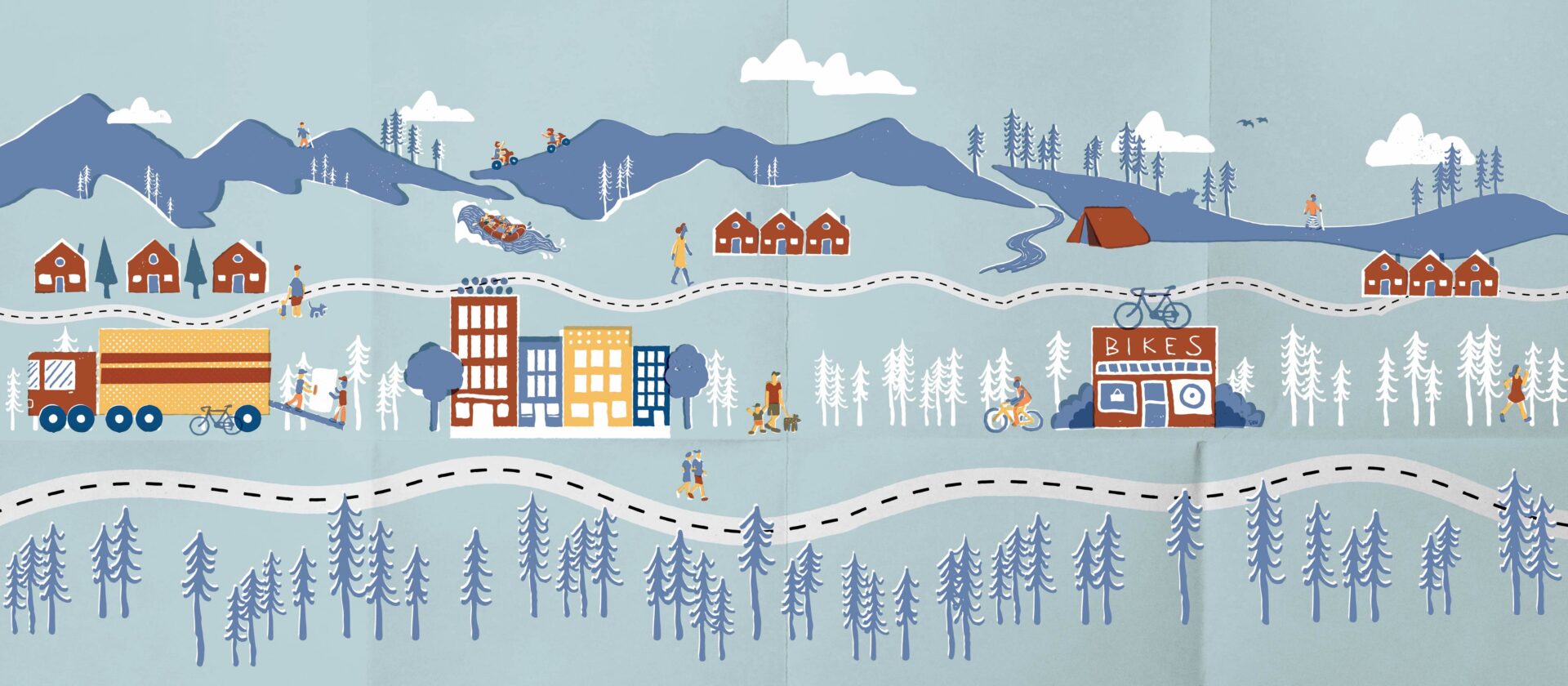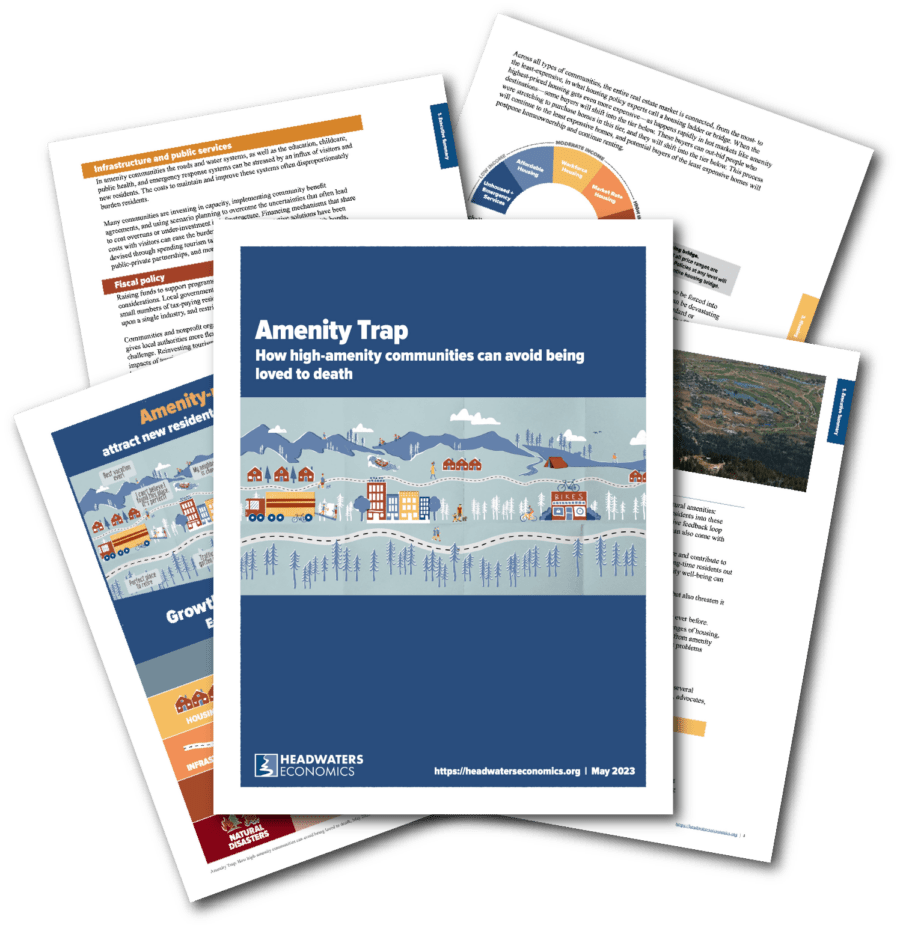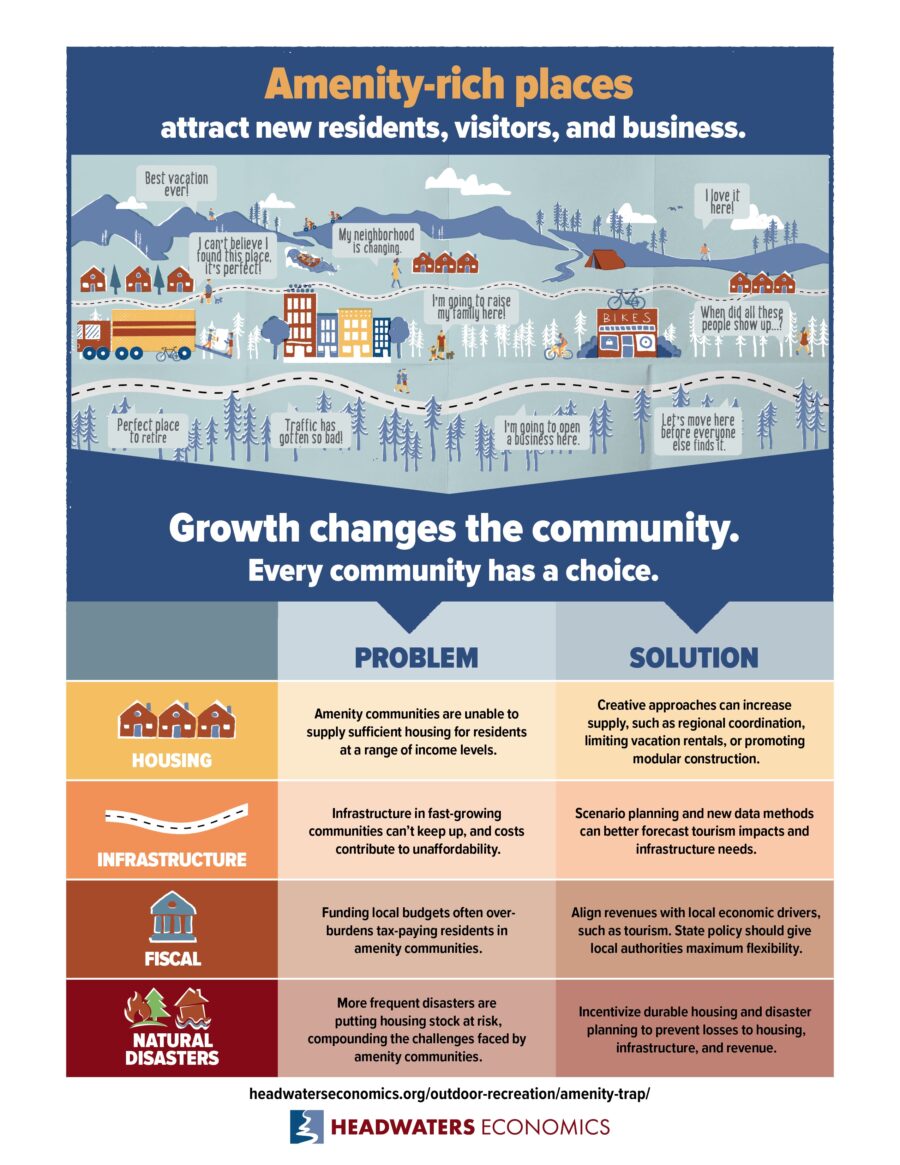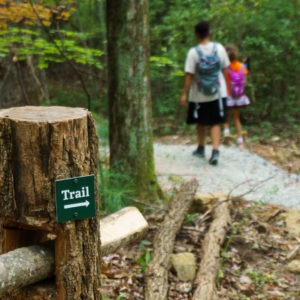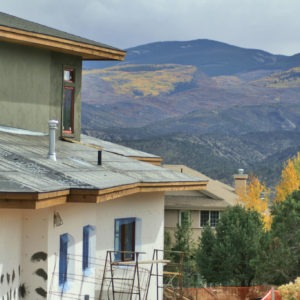More than ever, people are visiting and moving to places with inspiring natural amenities: forests, lakes, beaches, trails, and wildlife. Local and state governments, recognizing that promoting outdoor recreation can be a powerful way to diversify economies, have devoted billions in funds to encourage more tourism and investment. Yet rapidly growing outdoor recreation economies can also come with serious drawbacks.
For many places the influx of tourists and new visitors is creating profound problems. Housing has become unaffordable, forcing long-time residents out and contributing to labor shortages. Infrastructure, municipal finances, and community well-being can be overcome by a wave of unexpected growth and fraught public discourse.
The paradox of a place with natural attractions that make it a great place to live but also threaten it with being “loved to death” is known as the amenity trap.
To help community leaders facing this paradox, Headwaters Economics has released a report, Amenity Trap: How high-amenity communities can avoid being loved to death. The report analyzes four major challenges and the ways they uniquely affect amenity communities: housing, infrastructure, fiscal policy, and natural disasters. The report includes solutions underway in communities across the country, with the goal of providing community leaders with strategies that can help them navigate a growing outdoor recreation economy while protecting needs of residents and the natural amenities they depend on.
Subscribe to our newsletter!
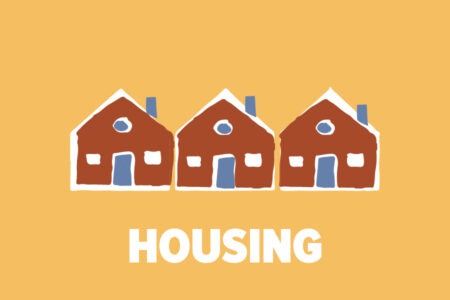
Housing availability and affordability are uniquely challenging in amenity communities
Amenity destinations often find housing stock and affordability issues particularly challenging. Income disparity, limited buildable land, workforce limitations, and contentious public debate can make the housing issue a top priority.
The most promising solutions are those that bring together economic development and housing strategies. Many communities are pursuing both regulations and incentives that can increase the supply of residential housing for those at all income levels by promoting modular construction techniques, limiting vacation properties, and addressing local opposition to density.
Examples cited in the report include programs in McCall, Idaho; Breckenridge, Colorado; Big Sky, Montana; and Vail, Colorado that offer incentives for property owners to sell to local residents (instead of investors or second homeowners). The program compensates owners for using deed-restrictions that require the buyer (or renter) work in the community.
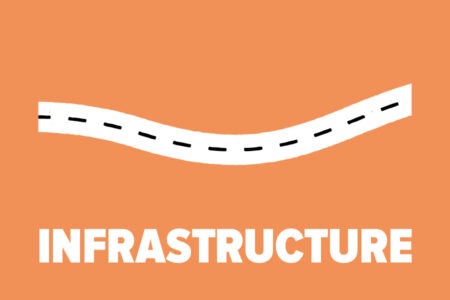
Infrastructure planning should meet the unique needs of amenity communities
Roads and water systems, as well as education, childcare, public health, and emergency response systems in amenity communities can be stressed by an influx of visitors and new residents. The costs to maintain and improve these systems often disproportionately burden residents.
Amenity Trap describes how some communities are implementing solutions that can harness the unique dynamics in amenity communities. Investing in capacity, implementing community benefit agreements, and using scenario planning to overcome under-investments in infrastructure are a few examples.
For example, Longmont, Colorado has shifted from a line-item process to what is known as priority-based municipal budgeting. This ensures that local budgeting is meeting major infrastructure needs identified by the community, instead of continually funding a pre-defined or unchanging set of priorities.

Fiscal policy in amenity communities can spread the burden among residents and visitors
Raising the funds needed by amenity communities often comes with unique challenges: Many of these places have a small number of tax-paying residents, extensive regional equity imbalances, or economies heavily dependent upon single industries. Frustratingly, restrictive state and federal policies too often prevent localities from pursuing some of the most effective options.
The Amenity Trap report concludes that communities can advocate for state and federal policy that gives local authorities maximum flexibility to tailor solutions unique their circumstances. Financing mechanisms that share costs with visitors can ease the burden on residents. Tourism-related revenues that are often diverted to marketing for more visitors could be invested in ways that offsets the negative impacts of visitors and new residents.
For example, Bend, Oregon allocates a portion of its lodging tax to a community grant program. Local organizations can apply for grants to protect and steward the region’s “tourism-related facilities,” which can include new trails, visitor education, and other outdoor recreation amenities that help disperse visitors.

Amenity communities are uniquely vulnerable to increasing natural disasters
As climate change increases the likelihood of disasters like wildfire, flooding, and hurricanes, many communities will have to prepare themselves or risk compounding the amenity trap far beyond the breaking point. For example, when disasters destroy homes, the lost housing stock can lead to a massive affordability crunch, disrupted lives and livelihoods, and diminished economic opportunity. Amenity communities are uniquely vulnerable to climate-related disasters due to economic specialization and inherent proximity to natural areas.
Communities can emphasize revenue and economic diversification to improve safety and reduce risks from disasters. Housing and infrastructure policy can emphasize resilience to ensure that residents, homes, and businesses can resist and recover from these threats. This can include encouraging durable housing, innovations that protect neighborhoods from flooding, and planning that can improve the effectiveness of first responders.
For example, Chelan County, Washington is developing a comprehensive policy to make housing less susceptible to wildfire through detailed risk assessment, zoning, regulations, and voluntary measures.
Proactive solutions can make amenity communities successful
The Amenity Trap report notes that communities faced with these challenges tend to respond in one of three ways: wait and hope a problem will resolve itself, react with policies that immediately limit growth but cause intractable unintended consequences, or plan proactively to anticipate and direct growth rather than being subject to the pressures of the market.
This focus on policy solutions in Amenity Trap is intended to highlight ways amenity communities can proactively plan to take charge of the growth pressure, while also maintain their character and quality of life. At the same time, regardless of which path a community follows, there is always a chance to reset and adopt a new approach.
The Amenity Trap report will be an important resource for a wide range of community leaders, elected officials, land planners, developers, federal agencies, and others seeking ways to capitalize on the economic opportunities of outdoor recreation to build inclusive, prosperous, and resilient communities.
